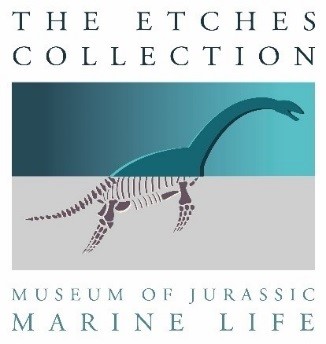First insect remains from the Late Jurassic Kimmeridge Clay Formation of Dorse
/Although the Kimmeridge Clay Formation was deposited in a warm tropical ocean we do find exceptionally rare examples of the remains of terrestrial fossils such as insects within this 157-152 million year old formation.
Fossil insect remains include the exceptionally rare and well preserved hind wing of a very fragile, new species of dragonfly. Bearing in mind its fragility it is amazing that it was ever preserved.
This new species has been formally named as Kimmeridgebrachypteraeschnidium etchesi after its location (Kimmeridge) and its discoverer (Steve Etches). This must represent one of the longest fossil names on record as well as one of the most difficult to pronounce.
The Etches Collection Museum is located in Kimmeridge, Dorset on the World Heritage Coast and contains a nationally accredited and designated collection of over 2500 fossils from the Upper Jurassic Kimmeridge Clay Formation. The collection provides a major resource for education and research as well as being a major tourist attraction.
Watch the full story by clicking on the You Tube video link above.

